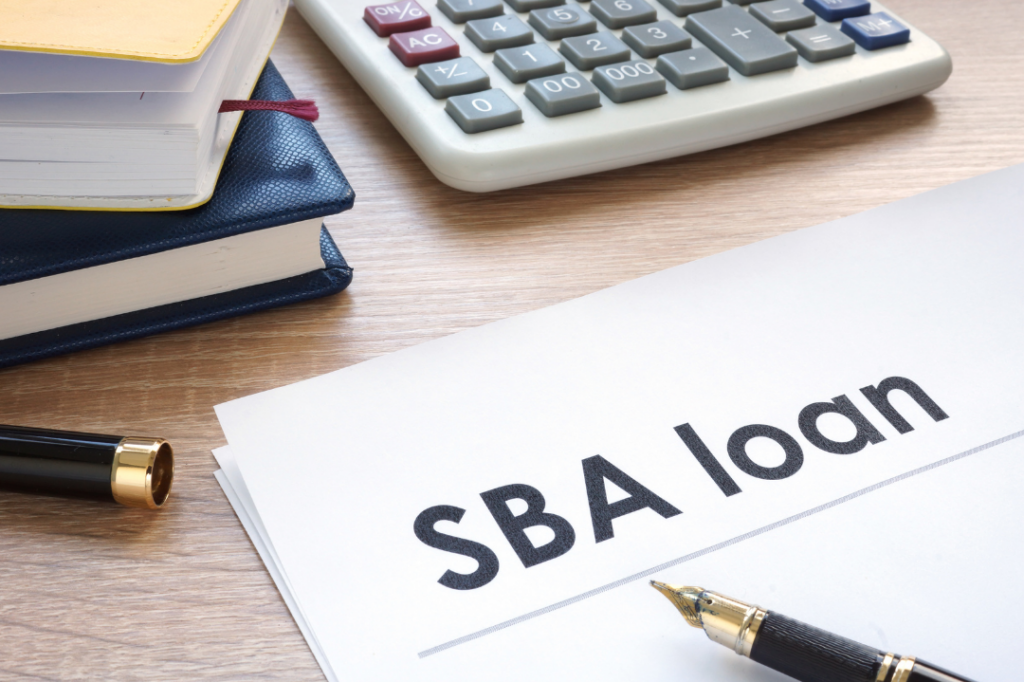The Complete Process of Buying a Business with an SBA Loan: From LOI to Closing

Understanding the exact process of buying a business with an SBA loan can help you avoid surprises and better prepare for each stage. This comprehensive guide walks you through the entire journey, from your initial letter of intent through closing the deal.
Phase 1: Initial Agreement and Business Research
Step 1: Execute Letter of Intent (LOI)
The process begins with a Letter of Intent (LOI), a non-binding document that outlines the basic terms of your proposed purchase. Your LOI should include:
- Proposed purchase price
- What’s included in the sale (assets, inventory, etc.)
- Basic deal structure
- Timeline for due diligence
- Exclusivity period
- Confidentiality agreements
- Contingencies, including SBA financing
Step 2: Gather Business Documentation
Once the seller accepts your LOI, you’ll need to collect comprehensive business documentation, including:
Financial Documentation:
- Last three years of business tax returns
- Year-to-date financial statements
- Detailed profit and loss statements
- Balance sheets
- Cash flow statements
- Accounts receivable and payable aging reports
Operational Documentation:
- Current contracts and leases
- Employee information and payroll
- Customer and vendor lists
- Equipment lists and warranties
- Business licenses and permits
- Organizational documents
Phase 2: Lender Selection and Initial Approval
Step 3: Find the Right SBA Lender
This is where working with GoSBA Loans becomes crucial. We help streamline the lender selection process by:
- Reviewing your acquisition details
- Preparing a comprehensive loan package
- Matching you with appropriate SBA lenders
- Managing multiple lender communications
Step 4: Obtain Term Sheet
After reviewing your loan package, interested lenders will issue a term sheet outlining:
- Proposed loan amount
- Interest rate
- Repayment term
- Required down payment
- Collateral requirements
- Key conditions and contingencies
Step 5: Term Sheet Analysis and Acceptance
Work with your advisors to review the term sheet(s) and negotiate any necessary changes. Once satisfied, sign and return the term sheet to your chosen lender to proceed with formal underwriting.
Phase 3: Due Diligence and Valuation
Step 6: Business Valuation
The lender will order an independent business valuation, which typically includes:
- Asset valuation
- Cash flow analysis
- Market comparison
- Industry analysis
- Risk assessment
- Growth potential evaluation
The valuation must support your purchase price for the loan to proceed. If it comes in low, you may need to renegotiate with the seller.
Step 7: Formal Purchase Agreement
Based on the valuation and due diligence findings, work with your attorney to draft and execute a formal purchase agreement. This should include:
- Final purchase price
- Detailed asset list
- Any seller financing terms
- Transition assistance requirements
- Non-compete agreements
- Closing conditions
- Representations and warranties
Phase 4: Final Approval and Closing
Step 8: Commitment Letter
After completing their due diligence, the lender will issue a formal commitment letter. This document:
- Finalizes all loan terms
- Lists all closing requirements
- Sets the timeline for closing
- Specifies required insurance
- Details any other conditions
Step 9: Satisfy Closing Requirements
Work through all closing requirements, which typically include:
- Obtaining required insurance
- Setting up business checking accounts
- Completing SBA forms
- Preparing closing statements
- Organizing entity documentation
- Securing necessary third-party approvals
Step 10: Fund and Close
The final stage involves:
- Final document review and signing
- Funds transfer to escrow
- Recording of security interests
- Transfer of ownership
- Possession of business assets
Post-Closing Considerations
After closing, several important tasks remain:
- Notify customers and vendors
- Transfer utilities and services
- Update licenses and permits
- Begin seller training period
- Implement transition plan
- File change of ownership paperwork
The Role of GoSBA Loans in Your Business Purchase
Successfully navigating the SBA business acquisition process requires experience and expertise. GoSBA Loans provides comprehensive support throughout the entire journey:
- LOI preparation assistance
- Document collection guidance
- Access to preferred SBA lenders
- Term sheet negotiation support
- Timeline management
- Closing coordination
Our experience helps avoid common pitfalls and ensures a smooth transaction from initial offer through closing.
Ready to Start Your Business Acquisition?
The process of buying a business with an SBA loan is complex but manageable with the right support. GoSBA Loans has helped numerous buyers successfully navigate this journey. Contact us today to discuss your business acquisition plans and learn how we can help make your purchase a reality.
Last Updated: October 2024
Disclaimer: This process overview is general in nature. Specific requirements and timelines may vary based on the transaction, lender, and other factors. Contact GoSBA Loans for detailed guidance on your specific situation.